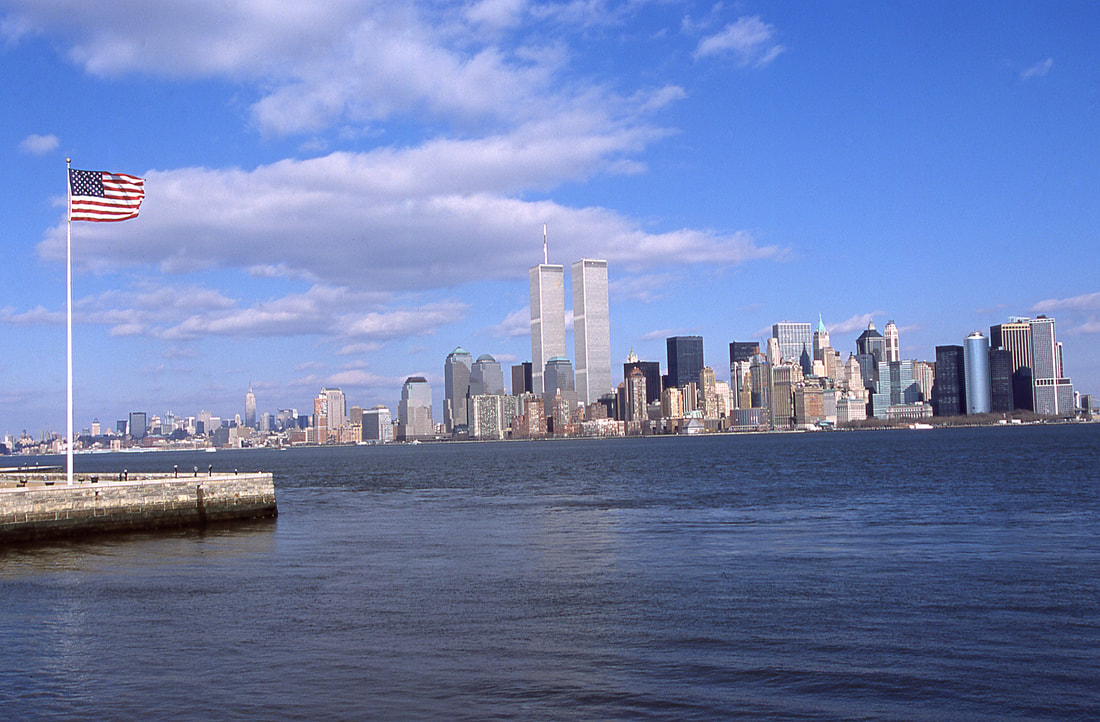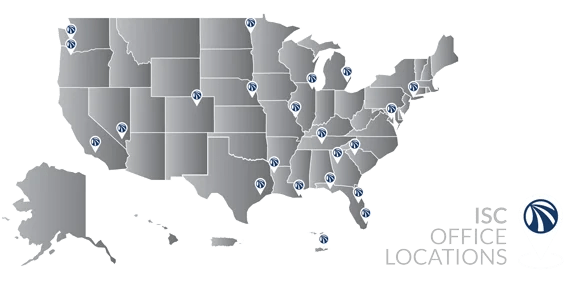INNOVATIONS, IDEAS, & INSIGHTS
About the Blog
ISC experts share their thoughts on current innovation, insights, and thought leadership on important industry topics and corporate responsibility.
Archives
Categories
9/11 and Emergent Behavior: The New York Ferry Boat Captains
9/30/2021

Two weeks ago, the world marked the 20th anniversary of September 11, 2001. While the devastation, pain, anger, and fear can feel just as powerful as they did that day, there are also opportunities to reflect and learn from these events.
In the decades since, stories of great bravery, determination, courage, and survival have emerged, highlighting the power and resiliency of the human spirit. Thousands of people banded together that day to help each other, often risking their own safety. Many of them, as we know, were first responders – some of whom made the ultimate sacrifice. But there are also stories of regular people stepping up to rescue survivors.
When the attacks began that day, it’s estimated that there were about 500,000 people in Lower Manhattan.
About the Blog
ISC experts share their thoughts on current innovation, insights, and thought leadership on important industry topics and corporate responsibility.
Archives
The rail system had halted service and roads were congested by people trying to leave the area, including cars that had been abandoned. People were left to travel on foot, in all directions. Many of them ended up at the water’s edge with nowhere to go. And that’s where the ferry boat captains stepped in. When the second plane hit the South Tower, people began trying to leave Lower Manhattan en masse – but there were a number of barriers in their way.
During a catastrophic event, individuals and small groups will engage in pro-social emergent behavior – they’ll launch search and rescue efforts, find ways to help, come together to organize resources, etc. On the organizational level there will be grass roots groups emerging to deal with the immediate need and lack of resources. Established organizations will also exhibit emergent behavior by showing some degree of adaptation in their activities, roles, and structure. All of these actors will become part of a new, dynamic, emergent network exhibiting both strengths (e.g., meeting emerging needs, filling gaps, providing the ability to adapt and react rapidly) and challenges (e.g., coordination with government). It is proportional to the size of the disaster.
On 9/11 the events unfolding were unprecedented, rapidly changing, and not immediately identified. As such, a great many people – like the ferry boat captains operating that day – stepped up to deal with the crisis.
As the ferry boat captains saw that people leaving Lower Manhattan were lining up at the river’s edge, chaos ensued as people tried to jump aboard the boats, threatening to overturn some of them, and even jumping into the river to escape the dust and debris from the Towers. The captains soon realized that they could help but they had to get organized. They began communicating with each other and the Coast Guard to get evacuees safely onboard their vessels and away from shore.
At 11 am, the Coast Guard issued a radio call that resulted in a “massive convergence of a flotilla of ferries, tugs, workboats, dinner cruise boats, and other assorted harbor craft” (Identifying, Leveraging, and Empowering the Emergent Behavior of Individuals and Groups when Catastrophe Strikes, FEMA [note: we’ll link to the report here]). That resulted in further organization, with captains relying on their existing communication to talk to each other, and the organized systems (the Coast Guard, harbor police, etc.) granting them permission to execute.
From the same FEMA report, it’s clear that the amazing rescues that happened at the water that day were the direct result of “regular” people coming together:
Boats from all across the horizon converged onto lower Manhattan. Boats made trips all day long, transporting evacuees from lower Manhattan to safety across the rivers. Some boats displayed hand-made signs indicating their destinations so that evacuees would know where to stand in waiting. As multiple boat operators worked out the details of picking up passengers, a landward support network developed, with waterfront workers and maritime personnel directing passengers to an appropriate area where they might find a boat to take them to a destination close to home or to where they might find other transport. Apart from the evacuation, a number of vessels remained in service for several days, providing hot meals, a place to rest, or shuttling supplies (Kendra and Wachtendorf, 2007).
Although the US Coast Guard did suggest that some tugs go to particular docks, no organization or official was in overall charge of the various emergent evacuation activities. Who went where, where evacuates were disembarked, or how long any vessel operated were decisions made independent of any authority.
The nature and characteristics of both individuals and groups exhibiting emergent behavior have been well documented. Understanding the types of people who may become involved after a catastrophe helps predict how, when, and where emergent groups and networks may manifest themselves. Individuals can emerge with the goal of supporting responders or help find loved ones. Emergent groups engage in new tasks, operate with a sense of urgency and function in response to constantly changing conditions. Sometimes these groups disband after their tasks are accomplished. Other times, they develop an ideology, a formal group, or become part of an officially sanctioned group.
Emergent behavior is instrumental in facilitating positive outcomes and building resiliency through a united community. It is important to make early efforts involve emergent individual and group behaviors during disaster response operations. By doing so, emergency management officials will create trust, commitment, and unity with survivors and key community stakeholders. More importantly, it will create a healthy environment that welcomes emergent individual and group behaviors during the recovery phase.
The heroic story of the New York Ferry Boat Captains in response to 9/11 is just one of many stories of how the emergent behaviors of individuals and groups play a vital role in response to a disaster. In fact, although this phenomenon may not be coming recognized by disaster and emergency management practitioners, the research on this topic by social scientists dates back almost 60 years.
Whether it is the Cajun Navy’s response to Louisiana flooding, or Occupy Sandy’s relief efforts after Hurricane Katrina, or the use of Facebook groups to unite families after the Japan Tsunami, we continue to see the influence of emergent behaviors on disaster response and recovery operations and must incorporate this evidence-based knowledge in future emergency planning and preparedness efforts.

